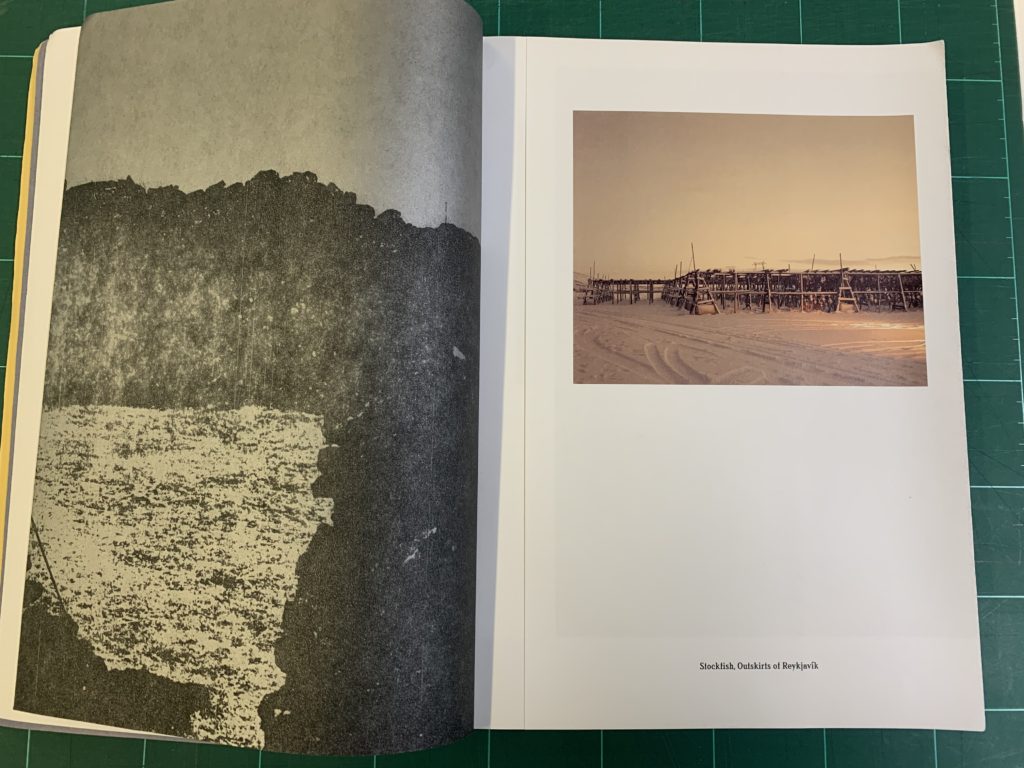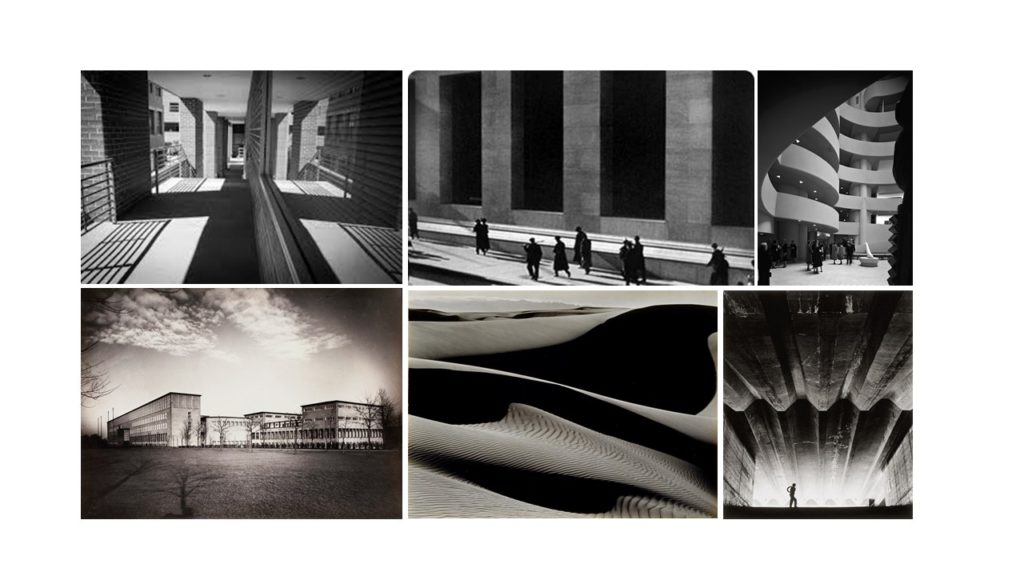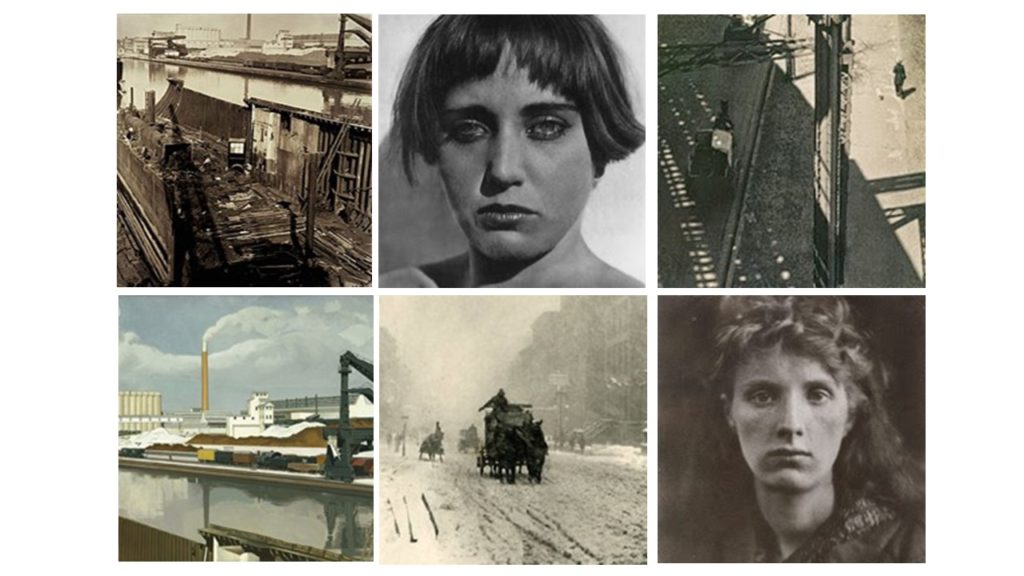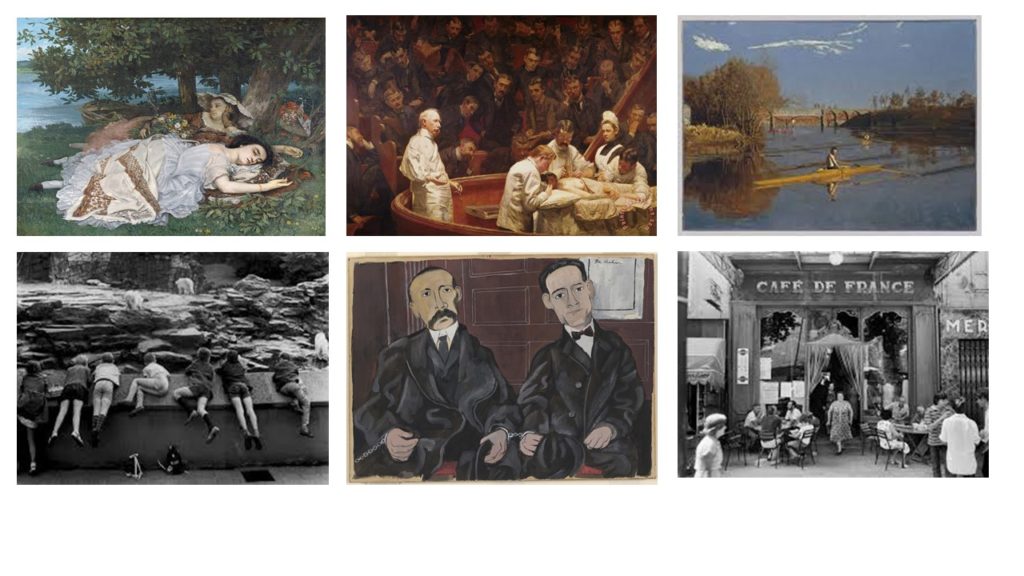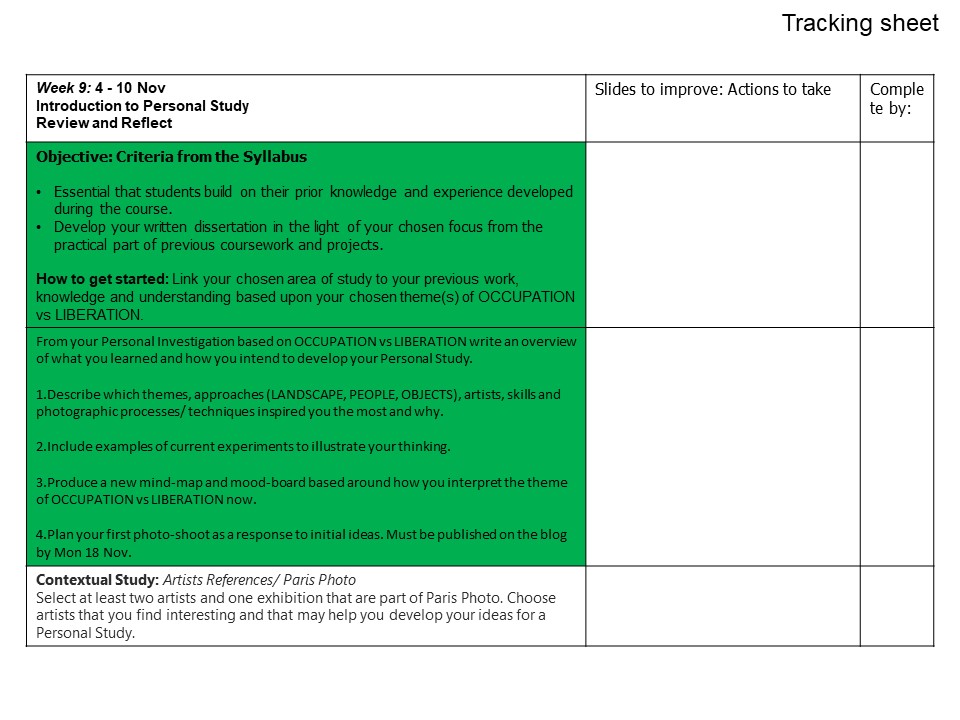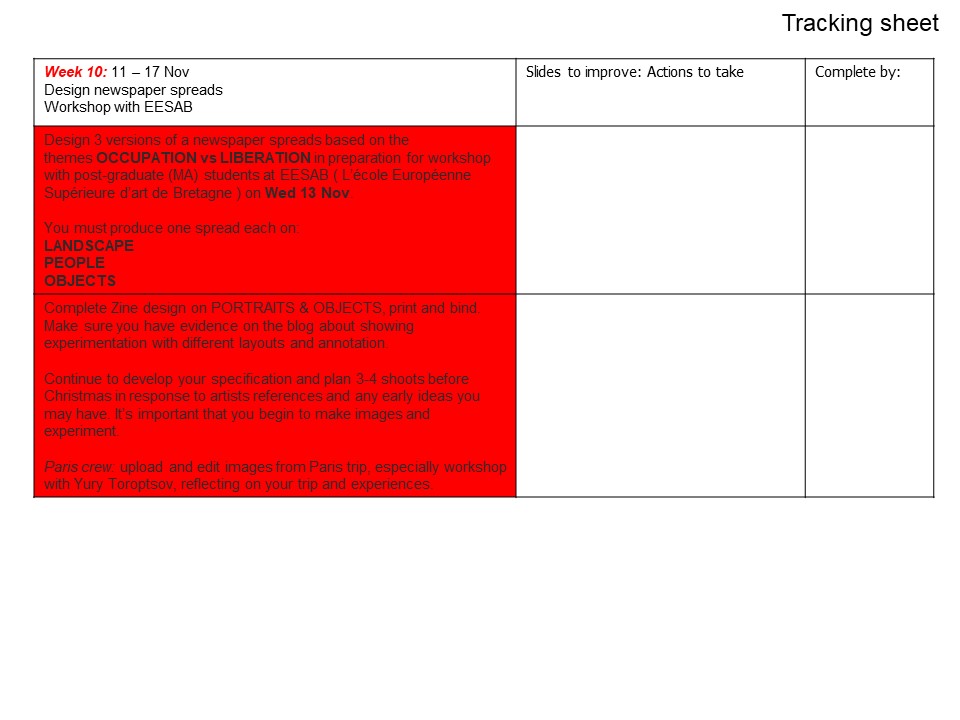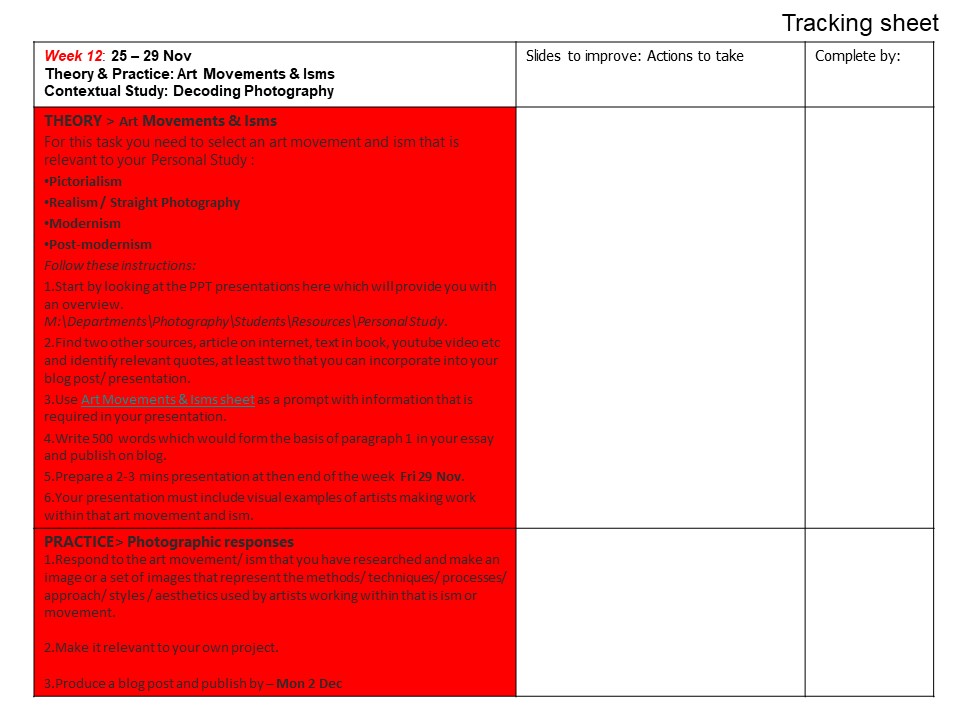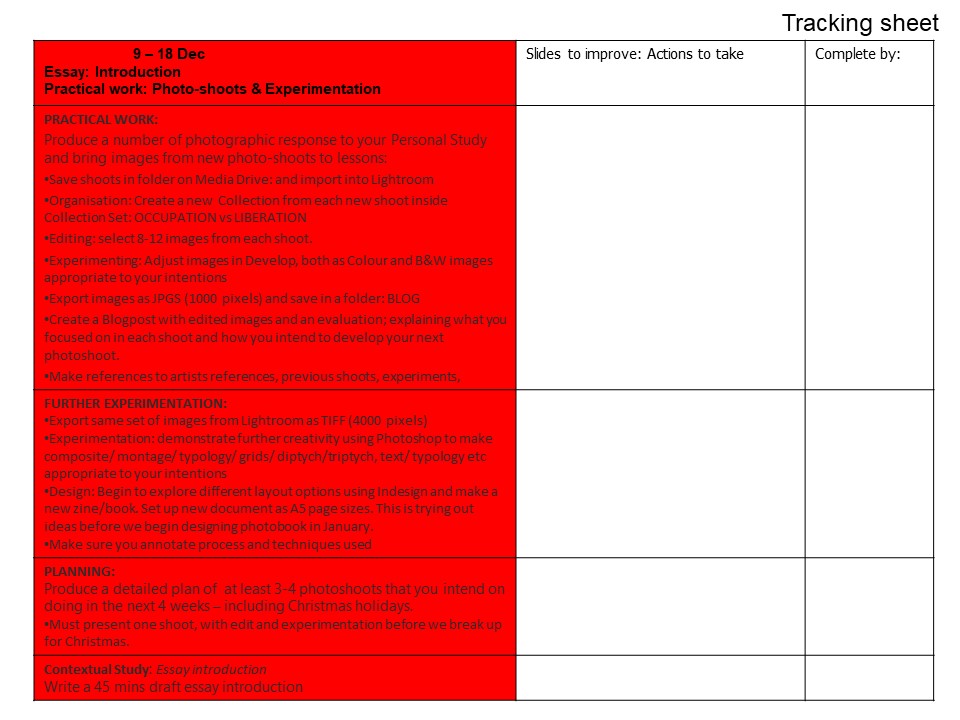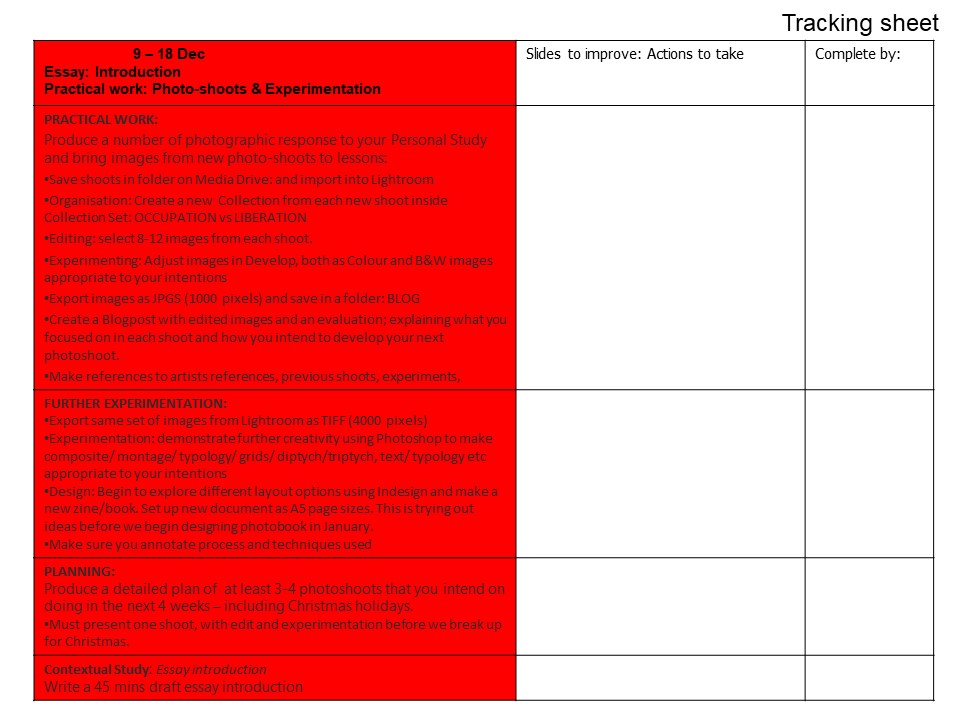ARTIST: Jack Latham
BOOK NAME: Sugar Paper Theory
Who is Jack Latham?
Latham was born in 1989 and is an extremely popular photographer based in Bristol and has produced several photobooks including ‘Sugar Paper Theory’ published in 2016, ‘A Pink Flamingo’ published in 2015 and many others. In 2015 Latham was awarded the Bar-Tur Photobook Award, funding the production of ‘Sugar Paper Theory’, which led to a solo exhibition. This solo exhibition was presented at Reykyavik Museum of Photography in Iceland this show helped aid his win of the British Journal of Photography International Photography Award for the series Parliament of Owls. A few more awards that Latham has been awarded: BJP – International Photography Award (Parliament of Owls), 2019/ mage Vevey – Heidi.News Prize, 2019/ Deutsche-Börse Photography Prize Longlist (Sugar Paper Theories), 2017/ Kraszna-Krausz Finalist (Sugar Paper Theories), 2017 and many more which helps highlight the significant portrayal that Latham has in the photography industry, also seen through his large amount of solo exhibitions for example, Sugar Paper Theories, Guernsey Photography Festival, Guernsey, 2016 and Worthing Artist in Residence, Brighton Photo Fringe, Worthing, 2018.

Book in hand: how does it feel?
The overall literal feeling of the book has a feeling much like sugar paper which aid the title of the book ‘Sugar Paper Theory’, along side having a tougher spine which helps combine the overall book structure together. The front cover lacks any other textures and has an overall smooth surface. The book till hold the ‘new book’ scent which creates a refreshing overall feeling over the book and suggests the owner of the book has taken good care of it, as it still looks prestige.
Paper and ink: use of different paper/ textures/ colour or B&W or both.
The front cover is a common sugar paper colour which is a pale yellow with red, blue and yellow drawings on top of the paper which look as if they have been hand drawn which adds deeper meaning and thought to the image. The ink on the front cover appears to be felt tip for the ‘decoration’ and the title in a printed text. When looking through the book there is a consistent trend of different types of paper that the images and texts. There are variations of a classic white paper boarder which is used on all the colour prints, followed by black and white pages which looks like white ink on black paper, with images printed on A3 paper and folded in with one half on the image and then when turning the page so it leave a empty unseen sleeve between pages; this creates the read to be more intrigued and adds better deeper meaning.
Format, size and orientation: portraiture/ landscape/ square/ A5, A4, A3 / number of pages./ Binding, soft/hard cover. image wrap/dust jacket. saddle stitch/swiss binding/ Japanese stab-binding/ leperello
The format of the book when closed is slightly larger than an A4 and the when opened near enough to the size of an A3, with initially the image being portrait how ever when opening and looking inside there is a large variety of portraits that over only one side of the page and some that cover across both sides the page creating a landscape image, i think makes the photo book more interesting to views as its provides a different angle and experience in each page. Furthermore the binding of the book has a classic appearance with a dirty blue spine contrasting with the pale year front cover- when taking note of this it came to my attention that the whole front cover is only presented through the three primary colours- red, yellow and blue which I thought was a interesting factor to consider.
Cover: linen/ card. graphic/ printed image. embossed/ debossed. letterpress/ silkscreen/hot-stamping.
On the cover there is no textures or embossed titles but simply a clean sheet with the texture of sugar paper which helps highlight the significance of the title ‘Sugar Paper Theories’. Have the simplistic textures I think helps concentrate the read on the title and the drawn images on the front, also leading to looking at the idea of only using primary colours.
Title: literal or poetic / relevant or intriguing.
The title being ‘Sugar Paper Theories’ at first is fairly mysterious and to me an intriguing title as it makes me want to find out more, as it does not give away much about what the book may be about- therefore giving a fairly poet feeling along side connotations of a scientific background through the noun ‘theories’ as well as there being further ideas of possibly multiple stories and thoughts that might come through the photo book.
Narrative: what is the story/ subject-matter. How is it told?
Jack Latham story is base on a true life incident that happened approximately forty years ago about a murder case, and therefore contributed to the ideas that Latham’is much like a documentary and story being told through a photo book. The story told is that 40 years ago, two men disappeared in Iceland (southwest). the findings and conclusions from the case were very limited which is why it became such a mysterious case. An eighteen year old boy set of from a nightclub on a 10 kilometer walk all the way home during the time of the true Iceland winter conditions, to continue a family man failed to return from a meeting with a mysterious strnger. In another time or place, they might have been logged as missing persons and forgotten by all but family and friends. Instead, the Gudmundur and Geirfinnur case became the biggest and most controversial murder investigation in Icelandic history. One of the main area that i believe that Jack Latham was trying to raise were the fixated factors on Iceland’s anxieties over smuggling, drugs and alcohol, and the corrupting influence of the outside world, i believe this to be an area being reflected from the book almost seen as a warning. Due to the significance of the case Iceland’s highest levels of political powers became involved in the plot soon leading to suspects of a younger generation who soon all wrote confessions, however its important to remember that in the story its noted that although all the suspect confessed not one could remember the actual event of the evening. When reading up on the story i found an interesting point that same about after the incident and how this case as helped point out ideas of interrogations and memory lose which could possibly lead to the wrong person being imprisoned. ‘ Now a public inquiry is uncovering another story, of how hundreds of days and nights in the hands of a brutal and inexperienced criminal justice system eroded the link between suspects’ memories and lived experience.’ (Quoted from the photopedagogy website)

Design and layout: image size on pages/ single page, double-spread/ images/ grid, fold- outs/ inserts. Structure and architecture: how design/ repeating motifs/ or specific features develops a concept or construct a narrative.
For me the design and layout is an essential point to consider when looking deeper into the overall view of the photobook, not only with this particular photo book that I am looking at but in fact every photo book has a deeper meaning and a story to look at through the layout and design choices made in the creation of the book. Furthermore, in the Sugar Paper Theories photo nook there is a large about of different types of pages and creations that have been produced. For example, Latham was fortunate enough to get hold of the archival photos from the time of the investigation and to me Jack Latham was trying to make these particular images stand out from the rest of his images, essays and the newspaper copies. Latham did this by copying the archival photos onto black A3 pages using grey and white ink, next folding over the A3 pages and creating pages leaving a closed gate way within the pages, which add an interesting views whether its through the literal fact that particular type of printing can be on double sided sheets or the idea of deeper meaning with idea of a secret fold in the paper which could relate to the whole concept and idea of the boom being an unsolved mystery still holding secrets and an untold story.
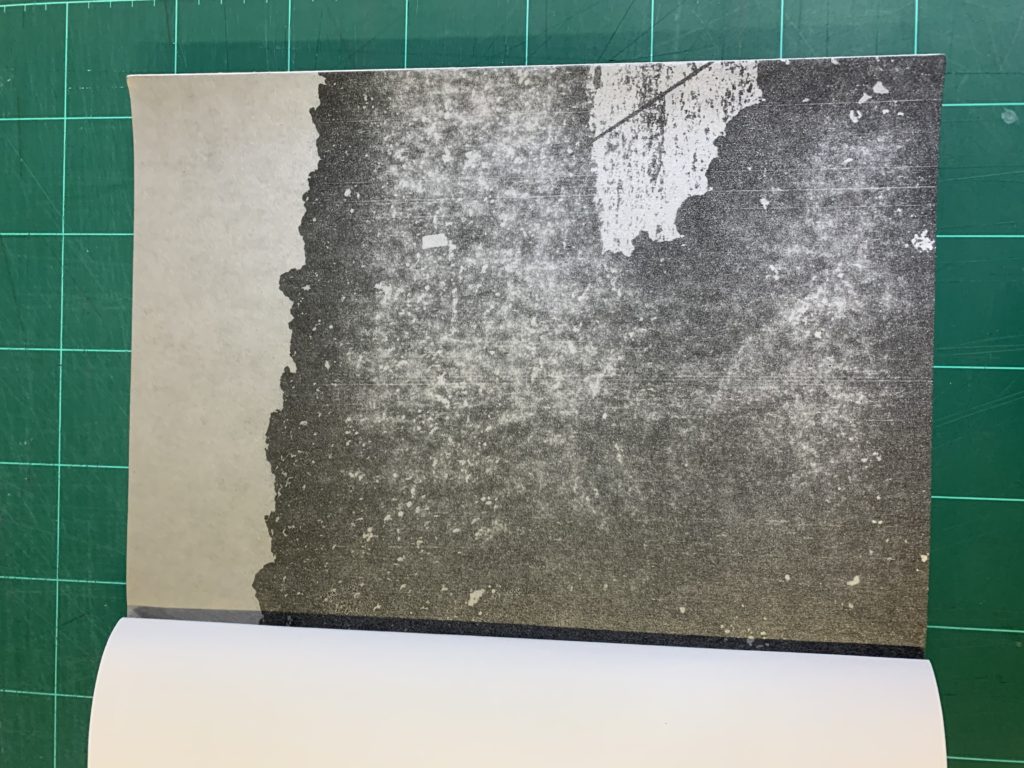
Images and text: are they linked? Introduction/ essay/ statement by artists or others. Use of captions (if any.)
Through out the book there are pages with essays on a yellow page which look much like sugar paper which helps highlight the significance of the title ‘Sugar Paper Theories’, Furthermore, on he yellow paper is the actual story of the murder case in much more detail told by Jack Latham which i think helps add a personal aspect, as well as this factor the idea of telling the story mixed in with the archival ohtos from the time and Latham’sown images really helps tell a proper story and really projects the whole idea and feelings that are trying o b relayed on to the reader/ viewer. In addition to the yellow pages telling the story, there are also pink ‘sugar paper’ which have photo copies of the articles published about the murder investigation at the time which i think helps the reader really get in the mind set of how different the law system and general life was back forty years. Finally there re black A£ pages folded in half with a slip inside which add a type of excitment and infantrymdscSRwfen to the story which are all archival photo from the time of the investigation as well as Jack Latham’s own images. Overall, among all the different aspects found in the book Latham has really recreated this story and all the feelings that cam along with it which help the reader get inside of the emotins that come with the murder.
